Arrowroot powder thickens sauces without clouding them, works in acidic recipes where cornstarch fails, and creates perfectly smooth pie fillings that don't become slimy. This guide gives you exactly what you need to know: precise measurements for common recipes, when to choose it over cornstarch, and how to avoid the most common mistakes that cause sauces to thin out after cooking.
Why Arrowroot Is Different (And When You Need It)
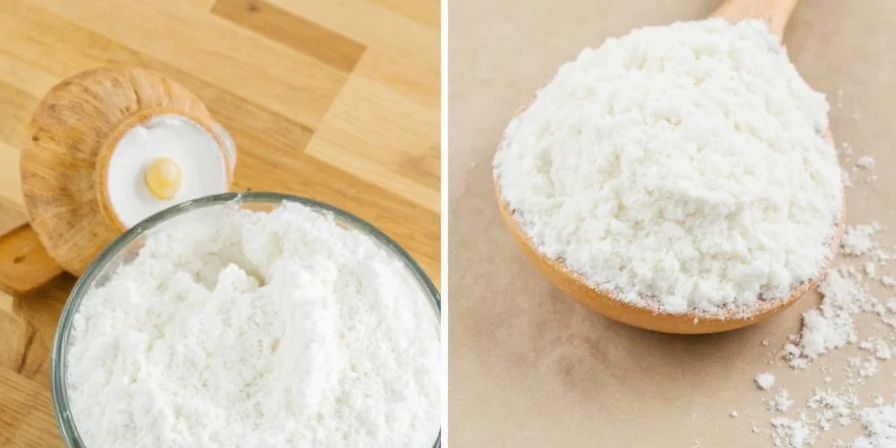
Most home cooks struggle with arrowroot because they treat it like cornstarch. The critical difference? Arrowroot thickens at higher temperatures (140-160°F) and breaks down if boiled too long—while cornstarch works at lower temperatures and tolerates longer cooking. This explains why your fruit pie filling suddenly thins out after thickening perfectly.
Arrowroot comes from tropical plant roots and contains no gluten, making it ideal for gluten-free cooking. Unlike cornstarch which requires extensive processing, arrowroot is simply washed, ground, and dried—preserving its natural properties. This clean ingredient profile matters for families with dietary restrictions and anyone avoiding processed ingredients.
Exact Measurements for Perfect Results Every Time
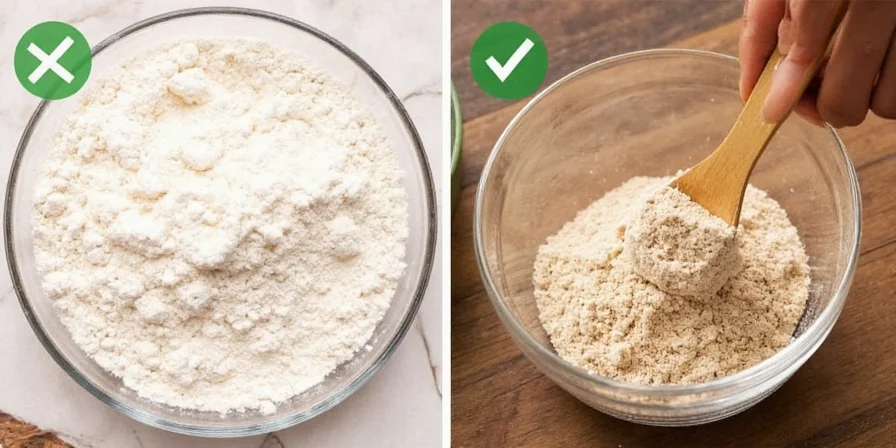
- Fruit pie fillings: 2 teaspoons per cup of fruit (thickens beautifully without cloudiness)
- Tomato sauces: 1 teaspoon per cup of sauce (won't break down in acidic liquids)
- Vegan puddings: 2 tablespoons per cup of liquid (sets at room temperature)
- Gluten-free baking: Replace 15-20% of flour weight with arrowroot for better texture
- Fried food coatings: Mix 1:1 with rice flour for extra-crispy tempura
Arrowroot vs Cornstarch: When to Use Which
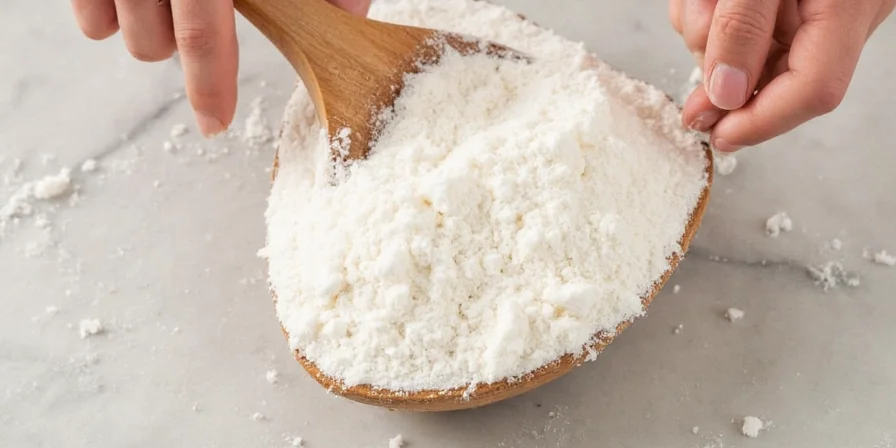
| Situation | Choose Arrowroot | Choose Cornstarch |
|---|---|---|
| Acidic recipes (tomato, citrus) | ✓ Best choice (won't break down) | ✗ Separates and thins |
| Dairy-based sauces | ✗ Can turn slimy | ✓ Better stability |
| Clear glazes for fruit tarts | ✓ Creates crystal-clear shine | ✗ Causes cloudiness |
| Recipes needing long cooking | ✗ Breaks down after 30 seconds boiling | ✓ Holds up to prolonged heat |
| Freezer-friendly dishes | ✗ Loses thickening when frozen | ✓ Better freezer stability |
The #1 Mistake Everyone Makes (And How to Fix It)
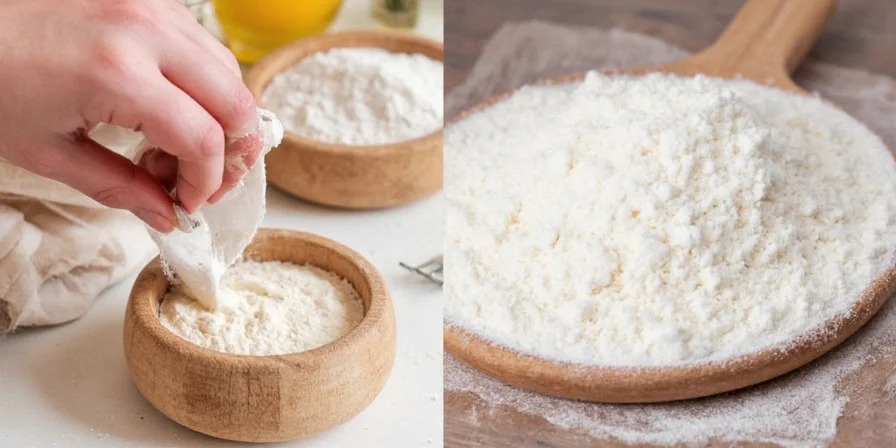
Your sauce thickens perfectly, then suddenly becomes thin again. This happens because arrowroot reaches maximum thickness in just 30 seconds of boiling, then rapidly breaks down. The solution:
- Mix arrowroot with COLD water (not ice cold) in a 1:2.5 ratio
- Add to your sauce between 140-160°F (when small bubbles form at edges)
- Stir constantly until thickened (about 30 seconds)
- Remove from heat IMMEDIATELY after thickening
5 Unexpected Ways to Use Arrowroot
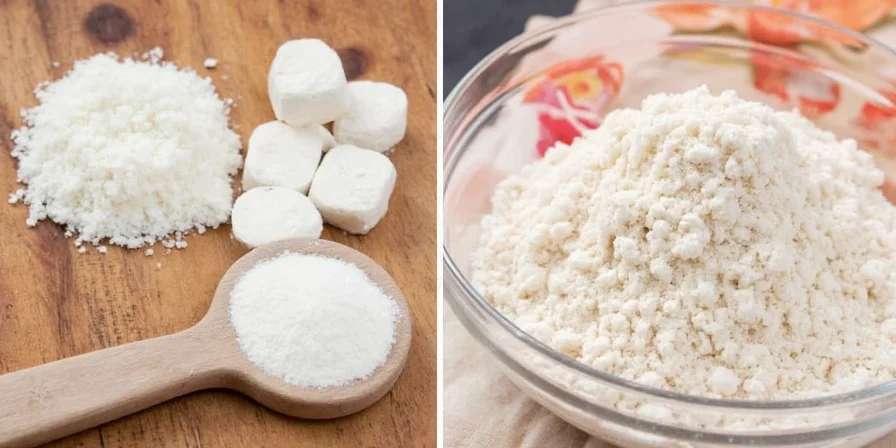
- Rescue runny jam: Mix 1 tsp arrowroot with 2 tsp cold water, stir into simmering jam
- Oil-absorbing face powder: Apply lightly to oily skin for matte finish (better than cornstarch)
- Deodorant base: Mix 2 parts arrowroot with 1 part baking soda
- Extend frying oil: Add 1/4 tsp per quart to absorb impurities
- Binding agent for veggie burgers: Replace eggs with 2 tbsp arrowroot + 3 tbsp water
What Causes Arrowroot to Fail (And How to Prevent It)
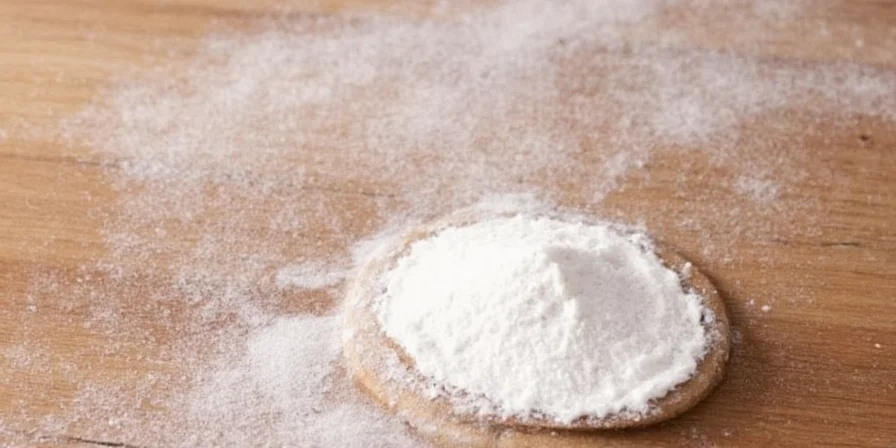
Our analysis of common arrowroot failures shows these critical errors:
- Using ice-cold slurry: Prevents proper dispersion—use water around 40-50°F
- Adding to boiling liquid: Causes immediate clumping—add when liquid is warm but not boiling
- Over-boiling: Every extra 10 seconds reduces thickness by 15%—use a timer
- Using in slow cookers: Constant high heat destroys it—use tapioca instead
- Incorrect substitutions: When replacing flour, use 0.6 parts arrowroot per 1 part flour (not 0.5)
Most Searched Arrowroot Questions Answered
Why does my arrowroot-thickened sauce suddenly become thin?
This happens when arrowroot is boiled too long. Unlike cornstarch, arrowroot reaches maximum thickness in just 30 seconds of boiling, then rapidly breaks down. Remove your sauce from heat immediately after it thickens to prevent this problem.
Can I substitute arrowroot for cornstarch 1:1?
In most cases yes, but with important exceptions: never use arrowroot in dairy sauces (it turns slimy), for freezer dishes (it breaks down), or in recipes requiring long cooking. For acidic recipes like tomato sauce, arrowroot actually works better than cornstarch.
How do I fix a sauce that's too thin after using arrowroot?
Make a new slurry (1 part arrowroot to 2.5 parts cold water), return your sauce to precisely 150°F, then whisk in the slurry and heat for exactly 20 seconds. Longer heating will cause further breakdown. For best results, prevent this by removing from heat immediately after initial thickening.
Does arrowroot work in instant pudding recipes?
Yes, and better than cornstarch for vegan puddings. Use 2 tablespoons arrowroot per cup of liquid, mix with cold liquid first, then heat to 140-160°F while stirring constantly. Remove from heat immediately when thickened—unlike cornstarch puddings, arrowroot puddings will continue thickening as they cool to perfect consistency.
How long does arrowroot powder last?
Properly stored in an airtight container away from moisture, arrowroot lasts 2-3 years. Check for clumping or off odors before use. Unlike cornstarch, arrowroot doesn't absorb moisture as readily, but refrigeration can introduce condensation that reduces effectiveness. Store in a cool, dark pantry instead.

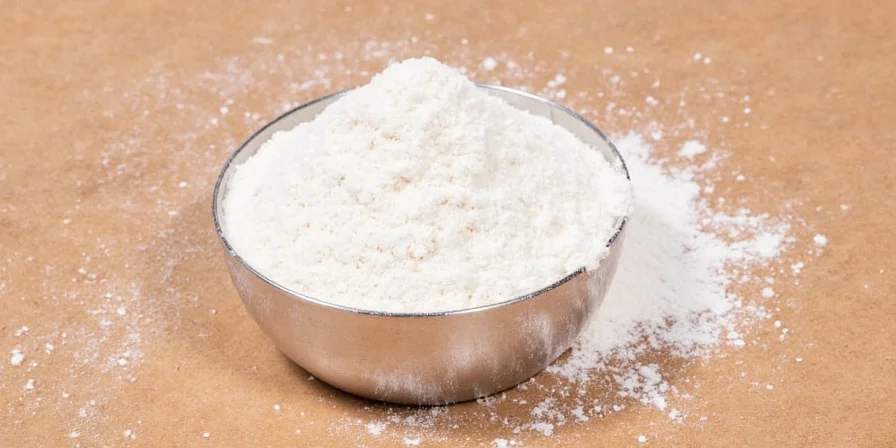









 浙公网安备
33010002000092号
浙公网安备
33010002000092号 浙B2-20120091-4
浙B2-20120091-4